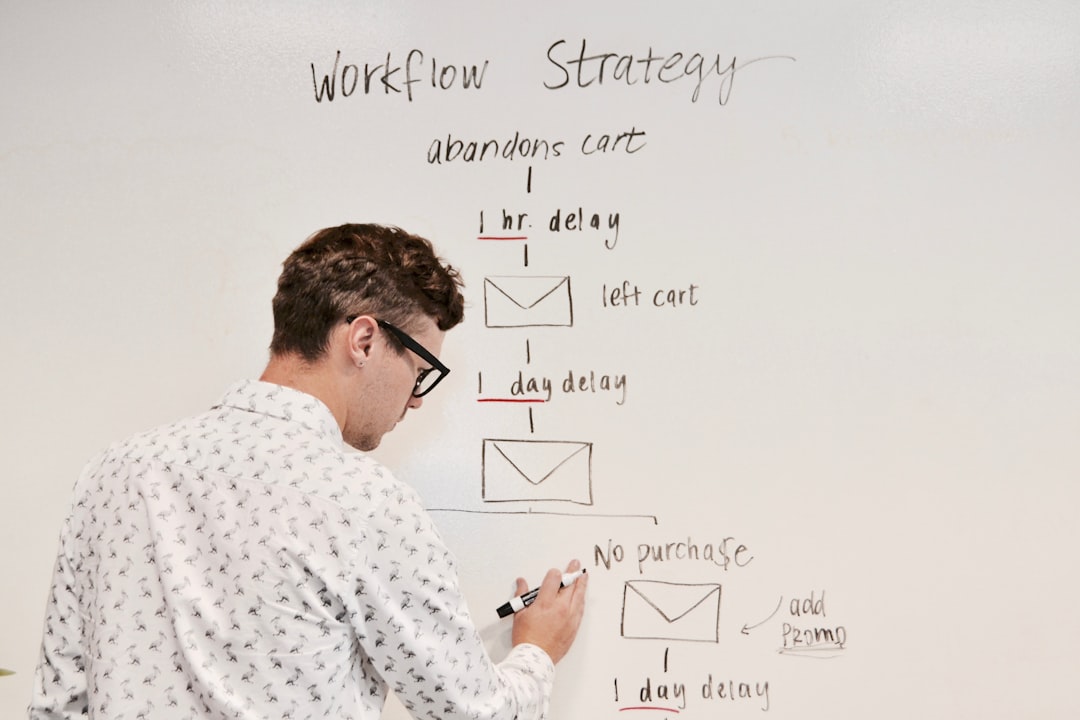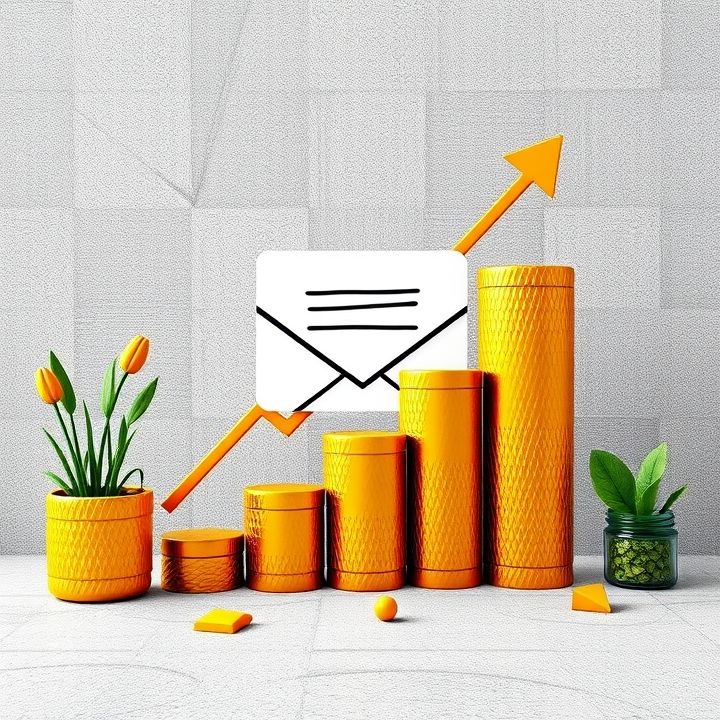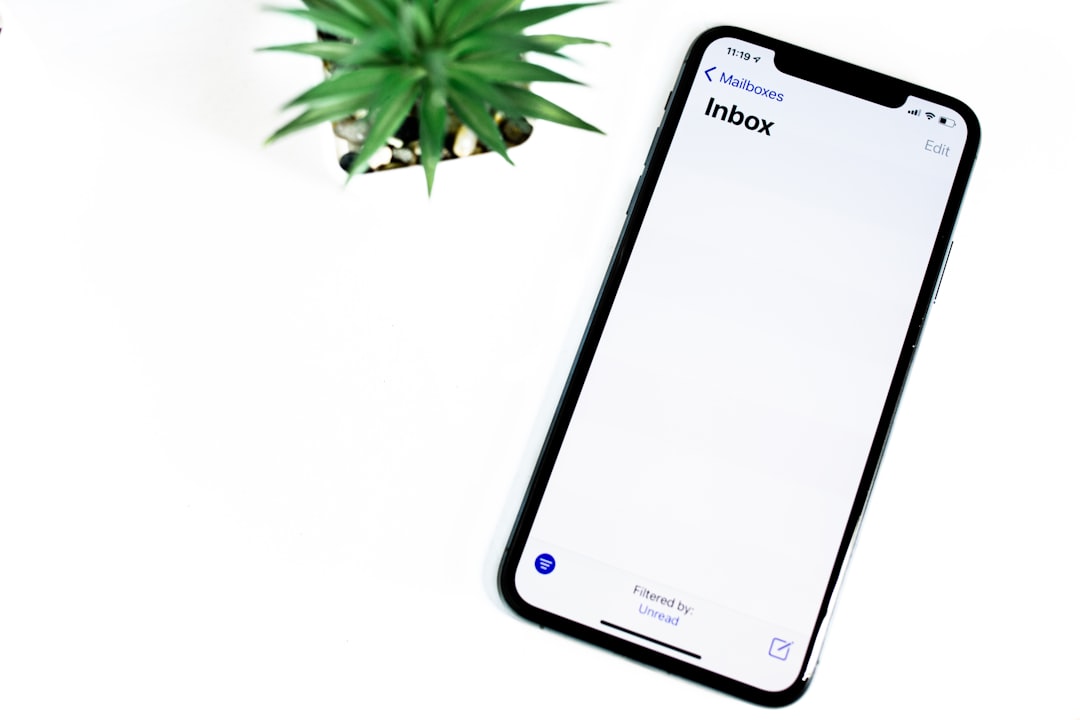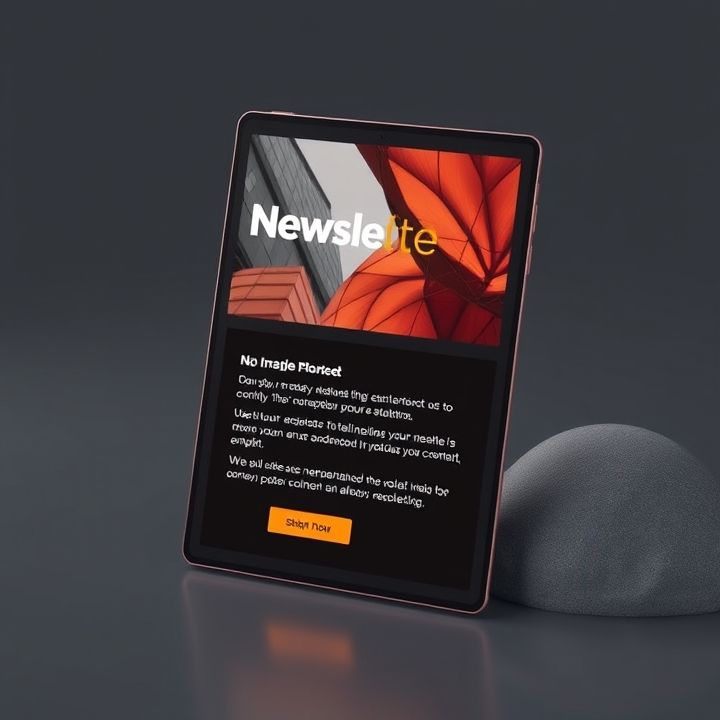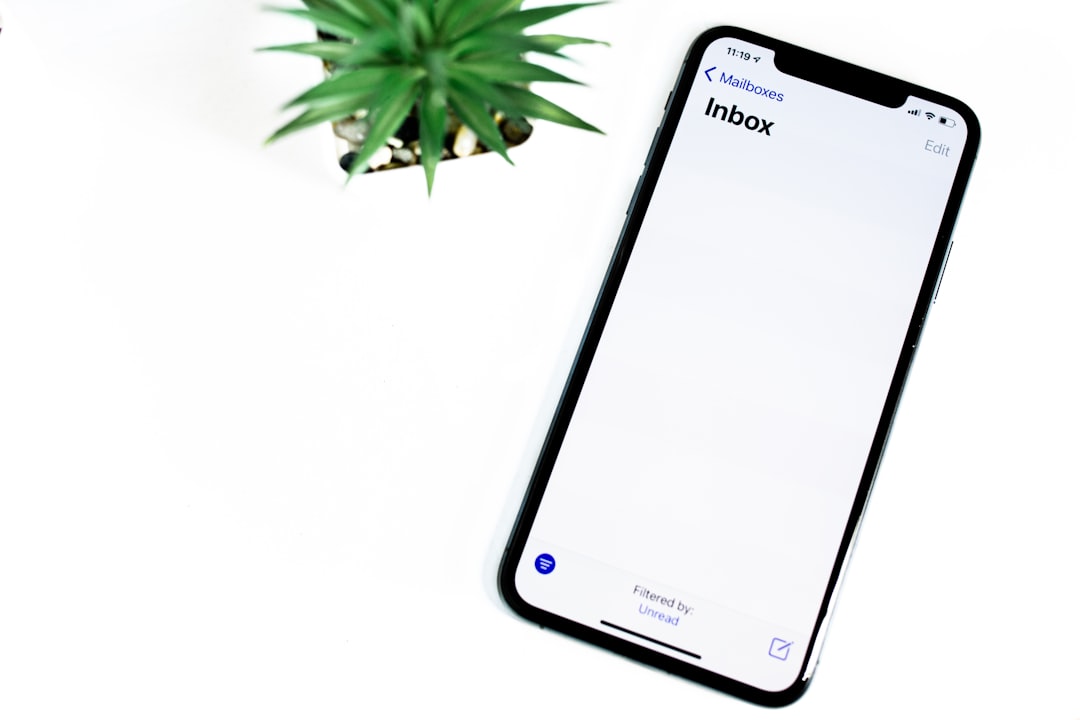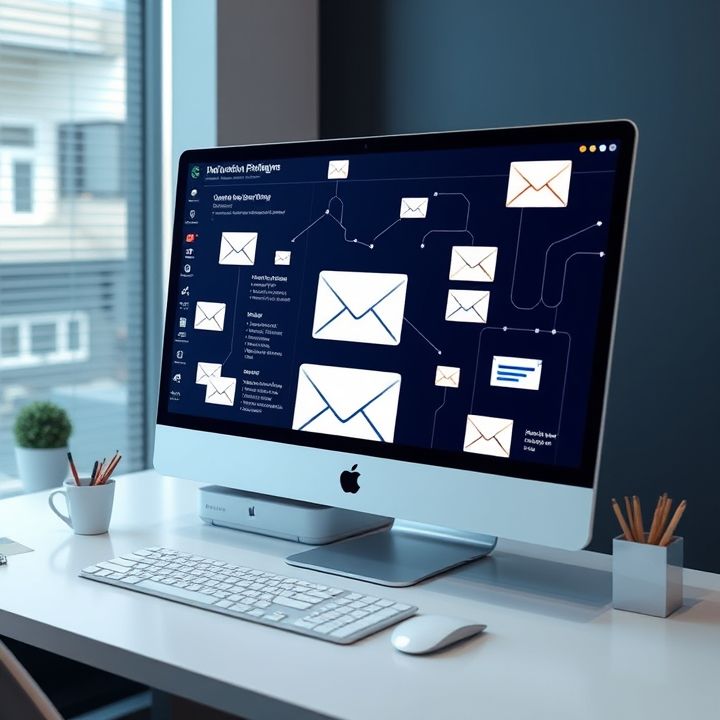Table of Contents
- Introduction
- Identifying the purpose and target audience for your email
- Choosing the right social media platforms for your audience
- Designing appealing and eye-catching social sharing buttons
- Strategic placement of social sharing buttons for maximum visibility
- Crafting compelling calls-to-action to encourage clicking
- Utilizing personalized messaging to increase engagement
- Tracking and analyzing the performance of social sharing buttons
- Iterating and optimizing based on performance data
- Conclusion
- Frequently Asked Questions
Introduction
Have you ever wondered how some emails always seem to capture the spotlight, going viral and capturing the hearts and clicks of countless viewers? The secret might just be simpler than you think. Welcome to the world of social sharing buttons in emails, a strategic yet effortless way to amplify your reach and engage your audience like never before. By seamlessly integrating these buttons into your email campaigns, you can turn each subscriber into an ambassador for your brand, fostering organic growth and recognition.
Consider this:
| Advantage | Benefit |
|---|---|
| Increased Engagement | Augment clicks and interactions |
| Broader Reach | Tap into new audiences effortlessly |
| Brand Awareness | Boost visibility across platforms |
Welcome to the ultimate guide that will take you through the simple steps to revamp your email strategy by incorporating social sharing buttons. Ready to unlock the potential of your email campaigns? Let’s get started!
Identifying the purpose and target audience for your email
Identifying the purpose and target audience for your email is a crucial first step in devising an effective email marketing strategy. Knowing the objective of your email campaign helps in crafting a message that resonates and engages. Are you aiming to inform, promote, or gather feedback? Each goal demands a unique approach.
Once the purpose is defined, it is important to identify and understand your audience. Your target audience shapes the tone, content, and even the design of your email. Consider demographics, preferences, and behaviors to tailor the message accordingly. For example, an email targeting young adults might have a more casual tone compared to one aimed at corporate executives.
Additionally, segmenting your audience into smaller groups can enhance personalization and relevancy, which are vital for increasing engagement and conversion rates. Understanding your audience’s interests and needs can also help determine the best type of content to include, from articles and infographics to promotions and exclusive offers. Just as importantly, knowing your audience will aid in choosing appropriate social sharing buttons, ensuring that recipients are encouraged to share content on platforms they actively use, thereby amplifying your email’s reach and impact.
Choosing the right social media platforms for your audience
Choosing the right social media platforms for your audience is a critical step in maximizing the effectiveness of your email marketing campaigns. Understanding which platforms your audience frequents allows you to craft content that is more likely to be shared and engaged with.
First, consider the demographics of your target audience. For instance, platforms like Instagram and TikTok tend to attract a younger demographic, while Facebook and LinkedIn cater to a more diverse age group, including professionals.
Next, think about the type of content that resonates with your market. Visual platforms like Pinterest and Instagram are ideal for brands focusing on lifestyle or aesthetic-driven products, whereas LinkedIn is suited for more professional, B2B content.
Additionally, analyze your current social media metrics to see where your engagement is highest. Platforms with higher engagement are often the best choices for integrating social sharing buttons, as they indicate where your audience is most active.
By strategically choosing the social media platforms that align with your audience’s interests and demographics, you foster an environment ripe for viral sharing, ensuring that your email content reaches a broader and more engaged audience.
Designing appealing and eye-catching social sharing buttons
Designing appealing and eye-catching social sharing buttons for emails is crucial to encourage recipients to share content with their networks. The first step in creating such buttons is to ensure they are visually distinct and easily recognizable as sharing tools. This can be achieved by using the official logo colors and symbols of social media platforms, which not only builds credibility but also aids in instant recognition.
Another essential factor is the size and placement of these buttons. They should be neither too small to go unnoticed nor too large to overpower the email content. Ideally, place them near the top or at the end of the email where they are easily accessible. Moreover, incorporating whitespace around the buttons can make them stand out without overwhelming the design.
In addition to aesthetics, functionality plays a key role. Ensure that the buttons are mobile-responsive, as a significant portion of email views occur on smartphones. It’s also beneficial to use tooltips or hover effects that clarify the action being taken by clicking the button, enhancing user interaction and the likelihood of sharing. By paying attention to these design aspects, you can create social sharing buttons that not only attract attention but also increase the chances of your content going viral.
Strategic placement of social sharing buttons for maximum visibility
Strategic placement of social sharing buttons within your emails is crucial for maximizing visibility and encouraging viral sharing. The first step is to place these buttons where they naturally attract the recipient’s attention. Placing them either at the top or bottom of your email can be effective, as these are areas where readers usually pause or look for navigation. However, the visibility can be further enhanced by placing them after engaging content or calls-to-action to leverage the momentum of your message.
Additionally, consider integrating social sharing buttons within the main body of your email, particularly adjacent to poignant quotes, insights, or offers that readers might feel compelled to share. This ensures the buttons are not just visible, but contextually relevant, increasing the likelihood of interaction. Ensuring the design of the social sharing buttons align with your brand’s aesthetics while standing out on the email’s palette can also guide the reader’s eye naturally towards these tools.
Lastly, leverage A/B testing to find the most effective spots for these buttons, as reader behavior can vary significantly between audiences. Analyzing data and making informed adjustments can lead to improvements in sharing rates and, ultimately, greater reach and engagement for your email campaigns.
Crafting compelling calls-to-action to encourage clicking
Creating compelling calls-to-action (CTAs) is essential in encouraging your email recipients to click and share your content. An effective CTA is clear, concise, and action-oriented, providing your readers with a sense of urgency or an enticing offer they cannot resist. To craft a compelling CTA, begin by using strong, actionable verbs such as ‘discover,’ ‘join,’ or ‘learn.’ These words not only communicate what action you want your readers to take but also inject energy into your message.
Personalization is another crucial element. Tailor your CTAs to address your audience’s specific needs or pain points, ensuring that your readers feel your message speaks directly to them. Highlight benefits or outcomes, like ‘Get Your Free Guide’ or ‘Unlock Exclusive Offers,’ to make your CTAs more appealing.
Visual elements can also enhance your CTAs. Use contrasting colors to make them stand out and consider utilizing buttons or bold, easy-to-read fonts. The positioning of your CTA is equally important; strategically place it where it’s most likely to capture attention, such as above the fold or centered in the email body.
Ultimately, testing various CTAs provides valuable insights into what resonates best with your audience, allowing for continuous optimization and improved engagement.
Utilizing personalized messaging to increase engagement
Incorporating personalized messaging within your emails is a powerful strategy to boost engagement and foster a connection with your audience. Personalization goes beyond merely addressing recipients by their first names. It involves tailoring content based on their preferences, behavior, and interactions with your brand. When done effectively, personalized messages can lead to significantly higher open and click-through rates compared to generic emails. To start, segment your audience based on criteria such as past purchases, browsing history, and demographic information. This enables you to send targeted messages that resonate with each group. Additionally, leveraging dynamic content can help deliver tailored experiences in real-time by altering the email content based on user data. Furthermore, incorporating personalized recommendations, such as products or content that align with the subscriber’s past interests, can enhance engagement. Remember, the key is to make the recipient feel valued and understood, increasing the likelihood of them engaging with your content. Ultimately, personalized messaging not only fosters stronger relationships but also drives more meaningful interactions, making your email marketing efforts more impactful.
Tracking and analyzing the performance of social sharing buttons
Tracking and analyzing the performance of social sharing buttons within emails is crucial for understanding their impact on your marketing efforts. By implementing tracking systems, you can gather valuable data on how often your emails are shared and the engagement they generate. Utilizing tools like UTM parameters allows you to track which social media platforms drive the most traffic to your website, providing insights into where your audience is most active. Furthermore, integrating analytics tools such as Google Analytics helps monitor the flow of traffic resulting from shared content.
This data can reveal patterns and preferences among your recipients, enabling you to tailor your future content for maximum effectiveness. It is also beneficial to use A/B testing to experiment with the placement and design of social sharing buttons, discovering what resonates best with your audience.
Ultimately, by analyzing this performance data, you can refine your email marketing strategy, enhancing engagement rates and increasing the likelihood of your content going viral. Such insights are invaluable for making informed decisions and ensuring that your social sharing buttons are not just a decorative element but an integral part of your communication strategy.
Iterating and optimizing based on performance data
Iterating and optimizing based on performance data is a critical step in enhancing the impact of your emails with social sharing buttons. By analyzing the data, you can gain valuable insights into what works and what doesn’t in your email campaigns. Key performance metrics such as click-through rates, open rates, and sharing frequency can reveal how recipients interact with your content.
Once you gather this data, take time to analyze patterns and identify opportunities for improvement. For example, if certain social sharing buttons are consistently underperforming, consider testing different designs or placements within the email. Sometimes, subtle changes like adjusting the color or style of the buttons can result in significant increases in engagement.
It’s also beneficial to segment your audience and tailor your strategy to different groups, optimizing for their preferences. Testing various elements such as subject lines, calls to action, or content types can provide insights into what resonates best with each segment.
Remember, optimization is an ongoing process. Regularly updating and refining your email strategies, based on the latest performance data, ensures that your emails remain effective, relevant, and engaging, encouraging recipients to share your content across their networks.
Conclusion
In conclusion, unlocking the secret to going viral through the strategic use of social sharing buttons in emails is a powerful tool for amplifying your marketing efforts. By meticulously identifying your purpose and audience, choosing the right social media platforms, and designing visually appealing buttons, you lay a strong foundation for success. Carefully placing these buttons to maximize visibility, along with crafting compelling calls-to-action, can significantly enhance engagement and sharing potential.
Moreover, personalized messaging and thorough performance tracking ensure your strategy remains agile and responsive to audience behaviors. Iterating and optimizing based on data insights enables you to refine your approach continuously, keeping your content fresh and relevant. As you implement these practices, remember that the ultimate goal is not just to create content worth sharing but to foster authentic connections and engagement with your audience.
Incorporating these elements effectively turns social sharing buttons from mere decorative features into powerful components of your communication strategy, maximizing reach and increasing the likelihood of your emails going viral in the digital landscape.


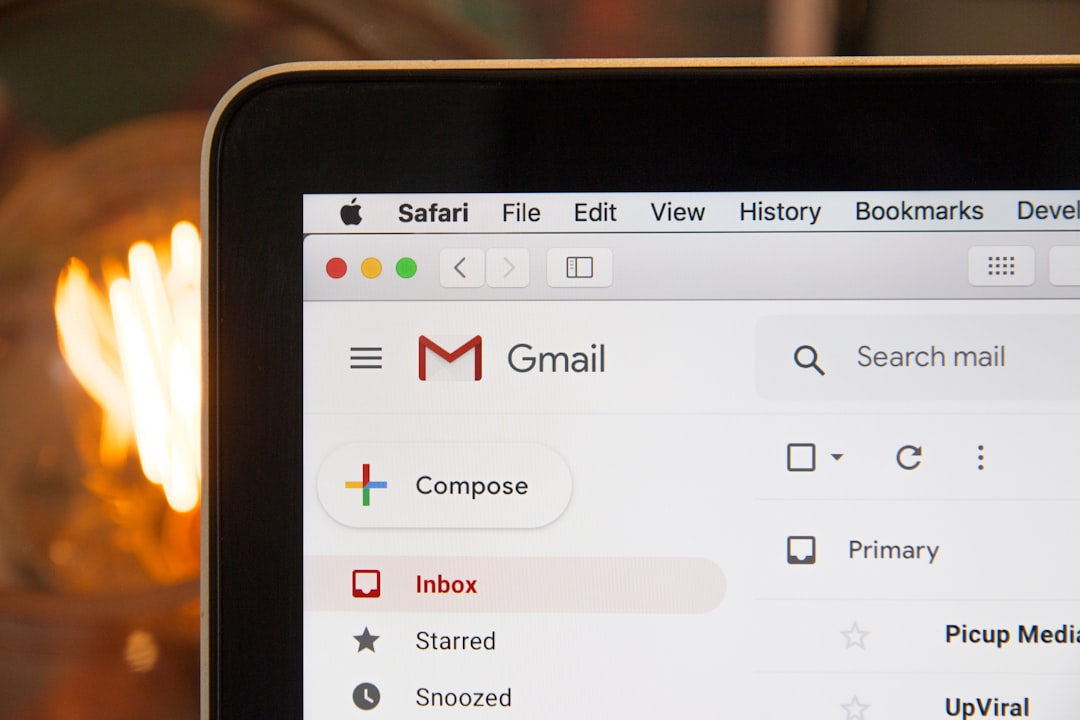
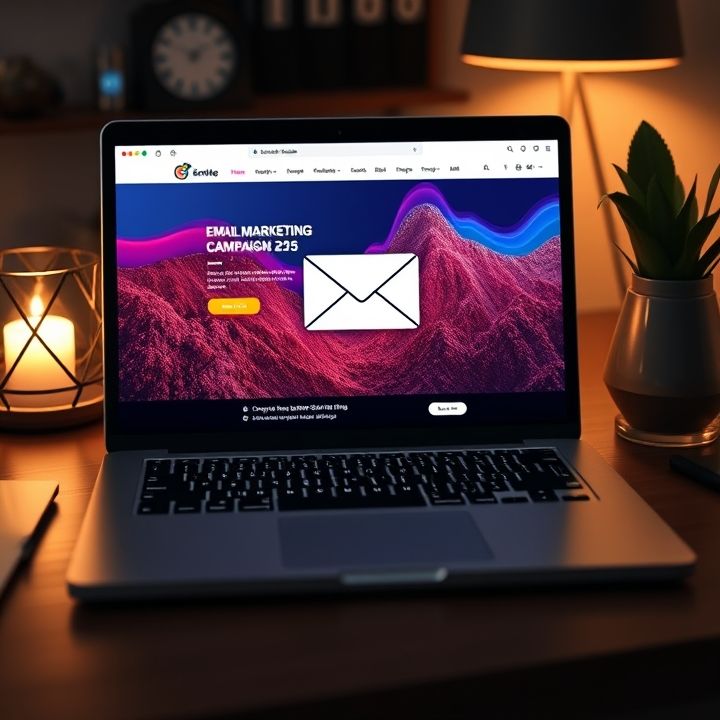 Dive into the world of email marketing with guidance on proven strategies to nurture relationships that last.
Dive into the world of email marketing with guidance on proven strategies to nurture relationships that last.